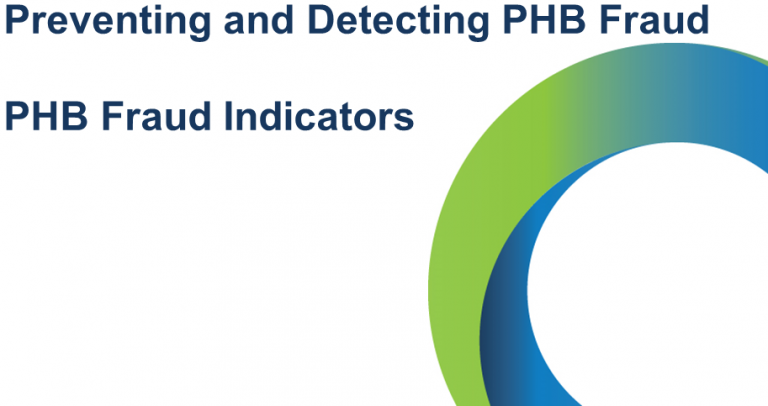PHB Fraud – Financial Governance – Page 5
|
|
It is important that staff involved in working with PHBs are able to recognise fraud. This list of potential fraud indicators is not exhaustive, and isolated examples would not necessarily indicate fraud, however, extra scrutiny is recommended if any of these ‘red-flags’ are happening regularly, or if several are noted at the same time: Missing receipts or inadequate documentation to support actual expenditure could suggest that the money was not spent as claimed, or the amounts claimed are different to amounts spent. No evidence or insufficient records to support payments for insurance, training, or to the HMRC for employers’ contributions. Where spending for things such as insurance, or HMRC salary deductions is not made, or not made in the amounts expected, or not made as frequently as expected then this may indicate wider issues with claims for employees payroll costs. |
Regular rounded expenditure transactions eg. payments of £100, £200, £300 etc. It would be unusual for transactions to consistently be down to a round pound rather than pounds and pence. Where this happens regularly, it could indicate that amounts claimed are being inflated to cover up misappropriation. Similarly, consistently spending every penny of the PHB may indicate that surplus funds are, in fact, arising but being skimmed off.
Payments to family members not agreed in support plans, and apparent over reliance on informal or family based care. Family based care is not necessarily an issue, but it could be, for example, if it is known that the carers providing care funded by the PHB have another job that could impact on their availability or ability to provide care as agreed in the support plan.
Consistently spending 100% of the PHB (no underspends or surpluses ever arising).
Reluctant or no compliance with the financial audit process, eg. failure to respond to requests for information, or delays in providing records required for financial audit. Non-compliance with financial audits or failure to provide requested documentation should be considered a strong indicator of potential fraud.


